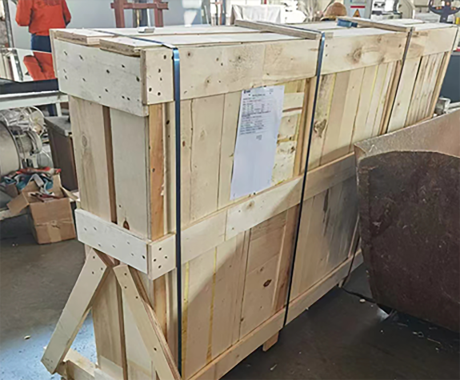

The Aesthetic and Practical Appeal of Mirror Glass
Mirror glass, often simply referred to as mirrored glass, is a fascinating material that has captivated architects, designers, and homeowners alike. Its reflective qualities not only serve decorative purposes, but also enhance functionality in various applications. From modern skyscrapers to intimate home interiors, mirror glass plays a pivotal role in shaping our visual environment.
One of the most striking aspects of mirror glass is its ability to create the illusion of space. In smaller rooms or areas with limited natural light, incorporating mirrored surfaces can significantly open up the space. When strategically placed, mirror glass can reflect both light and the surrounding environment, making a room appear larger and brighter. This is particularly useful in urban living situations where space is often at a premium. Designers frequently utilize this effect in restaurants, boutiques, and residences, proving that practicality can meet elegance.
Beyond spatial dynamics, mirror glass also serves as a versatile design element
. It can be used in a range of styles—from minimalist to opulent. In contemporary design, for instance, large expanses of mirror glass can create striking facades on buildings, reflecting the surroundings and changing with the light throughout the day. This dynamic quality allows structures to blend harmoniously with their environment while making bold architectural statements.
Moreover, mirror glass extends its utility beyond mere aesthetics. It is often employed in energy-efficient designs. By reflecting sunlight, buildings can maintain cooler indoor temperatures, significantly reducing the need for artificial cooling systems. This not only lowers energy consumption but also minimizes environmental impact, aligning with the growing trend towards sustainable architecture.
In residential settings, mirror glass is frequently incorporated in furniture and decorative elements. Mirrors can add depth to a design scheme, serving both functional and aesthetic roles. For example, a mirrored coffee table or a wall of mirrors in a hallway can act as conversation starters while also serving practical purposes, such as providing a quick glance at one’s reflection. In bathrooms, mirrored surfaces are essential not just for functionality but also for creating a spa-like atmosphere that enhances relaxation and self-care.
However, it’s important to consider the placement and scale of mirror glass to avoid overwhelming a space. Too much reflective surface can lead to a disorienting effect rather than the sought-after enhancement. Therefore, thoughtful design is crucial when integrating mirror glass into any setting.
In conclusion, mirror glass is a versatile and powerful material that offers a multitude of benefits, from enlarging spaces to enhancing energy efficiency. Its reflective properties not only contribute to aesthetics but also to practical design solutions. As we continue to explore innovative architectural and interior design trends, the allure of mirror glass will undoubtedly remain a favorite among designers and homeowners alike.